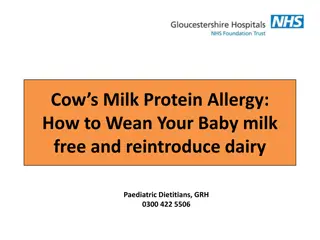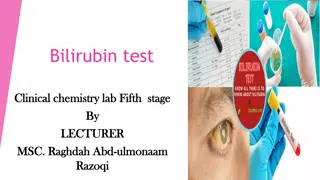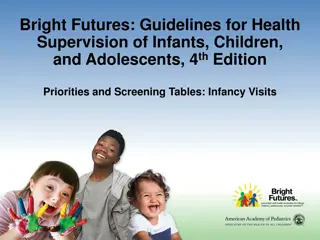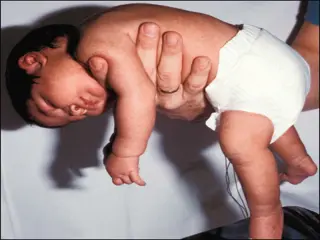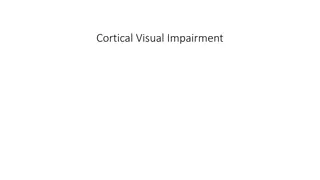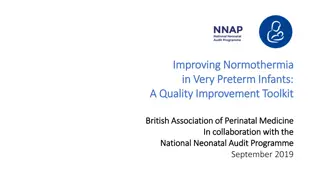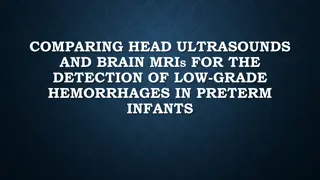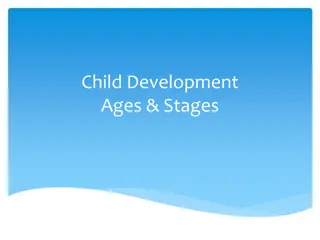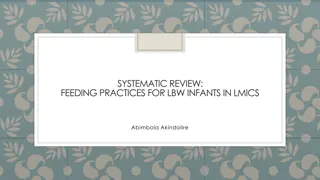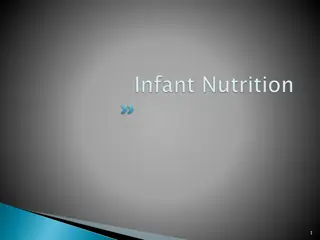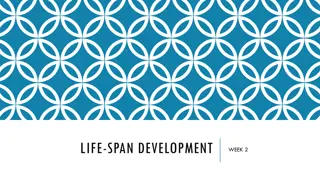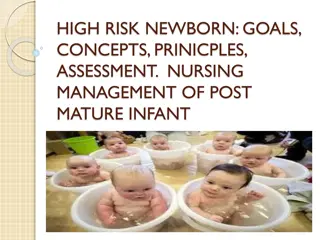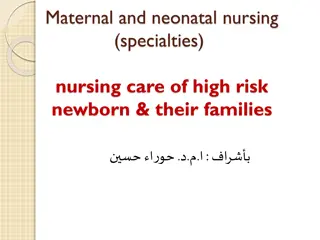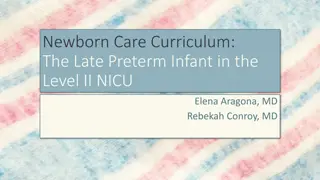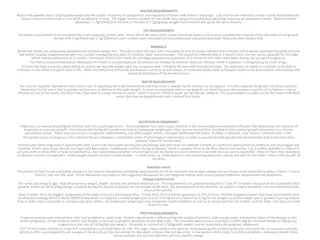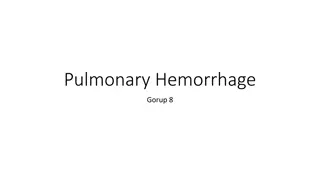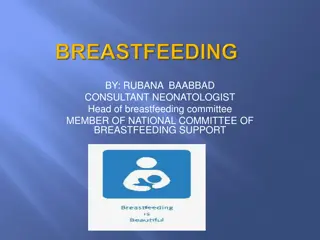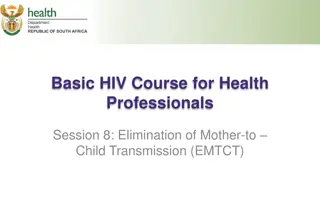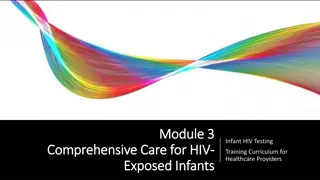Understanding Hyperbilirubinemia in Infants - A Comprehensive Overview
This educational content delves into hyperbilirubinemia, focusing on its definition, causes, metabolic processes, associated complications, and treatment options like phototherapy and exchange blood transfusion. Key topics covered include physiologic jaundice, the seriousness of unconjugated bilirubin toxicity, and factors contributing to high bilirubin levels in infants. Ample visuals and insights from Lecturer Assistant Kareem AL-Khafajy enhance the understanding of this condition and its management.
Download Presentation

Please find below an Image/Link to download the presentation.
The content on the website is provided AS IS for your information and personal use only. It may not be sold, licensed, or shared on other websites without obtaining consent from the author. Download presentation by click this link. If you encounter any issues during the download, it is possible that the publisher has removed the file from their server.
E N D
Presentation Transcript
Jaundice (Hyperbilirubinemia) Lecturer Assistant Kareem AL-Khafajy
Objectives: At the end of the lecture the student will be able to: 1. Describe the concept of bilirubinemia 2. Recognize the causes of bilirubinemia 3. Evaluate the prognosis of the condition of the infant receiving the different types of therapy for hyperbilirubinemia e.g. phototherapy and exchange blood transfusion 4. Develop awareness for the serious side effects of hyperbilirubinemia
Definition of Hyperbilirubinemia Refers to the increased level of accumulated bilirubin in the blood & characterized by jaundice. Normally there is balance between the destruction of RBCs and secretion of it s products Kareem AL-Khafajy
Metabolic of Bilirubin Kareem AL-Khafajy
Causes of Hyper bilirubinemia: 1.physiologic (developmental) factors such as, prematurity. 2. An association with breast-feeding or breast milk. 3. Excess production of bilirubin e.g. hemolytic disease. 4. Disturbed capacity of the liver to secrete conjugated bilirubin, e.g. enzyme deficiency, bile duct obstruction.
Physiologic jaundice: ( NON pathologic ) Is the most common cause and is Relatively mild self-limited. It appears on 2nd or 3rd day and peaks on 4th or 5th and decreases on the 6th day to 7th day
Causes Higher concentration of circulating RBCs Immature liver Absence of intestinal flora in the newborn which is responsible for reducing urobilinogen to be excreted by feces. The intestinal motility if feeding is delayed Kareem AL-Khafajy
Complications of hyperbilirubinemia: Unconjugated bilirubin is highly toxic to neurons. sever damage of the brain, which occurs when the serum concentrations reaches toxic levels & crosses the blood-brain barrier in the newborn causing irreversible brain damage.
Anemia in this condition is caused by the destruction of the RBCs which stimulate the increase production of +++ RBC leading to more hemolysis. Hyperbilirubinemia in the first 24hrs after birth result of: Erythroblastosis fetalis in which there is an abnormally rapid rate of RBCs destruction. The major cause of erythrocyte destruction is: Rh & ABO incompatibility.
Signs of bilirubin encephalopathy: Rigid extension of all limbs Lethargic Poor feeding Irritability Cry Seizures Discoloration of skin and eyes
Diagnostic evaluation: Amniocentesis & analysis of bilirubin Levels in the amniotic fluid if it is Increasing then there is progressive hemolysis Rh-antibody tiers in the maternal blood can be evaluated (indirect coombs test) can be confirmed by detecting antibodies attached to the circulating RBCs in the infant s blood (direct coombs test).
Therapeutic management:- Primary goals are to prevent bilirubin encephalopathy. Early Initiation of br. Or bottle feeding. Phototherapy. Early initiation of feeding (breast feeding) if bilirubin is 17mg /dl stop breast feeding for 24 hours and resume when it decreases.
Phototherapy Phototherapy, in which the baby is placed under a fluorescent light are placed 12 to 30 inches , lowers the bilirubin in the neonate's blood. Term newborns are generally scheduled for phototherapy when the total serum bilirubin level rises to 10 to 12 mg/dL at 24 hours of age.
Blood Exchange: this will help to: 1. Remove the sensitized RBCs 2. Decrease the serum bilirubin level to prevent brain damage 3. Correct anemia 4. Prevent cardiac failure


